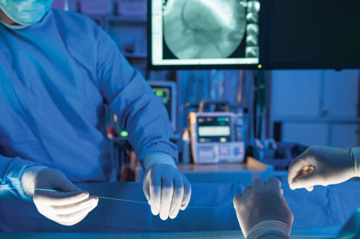The importance of same-day outpatient cardiology was on full display in 2020 — during the worst months of the pandemic — and I was fortunate enough to be in the thick of a transformative moment in health care. As hospitals reached a breaking point in handling the influx of COVID-19 cases, many were forced to turn down or cancel many non-emergent procedures, including diagnostic and interventional cardiology cases. Non-emergent, however, is a broad term, and there’s a difference between pushing back a hernia repair and delaying a critical cardiac intervention that’s labeled elective.
That’s why our surgery center pushed so hard to make sure patients didn’t delay their catheterizations, stent placements and pacemaker implants or forgo peripheral vascular interventions that could cause major complications if left untreated. As a result, we provided a safe outpatient alternative for cardiology patients while also freeing up frontline healthcare workers and the dwindling PPE and supplies hospitals desperately needed to combat the unrelenting pandemic.
It was one of the most rewarding moments in my career, and I was so grateful to have been able to provide these critical services to patients. Of course, an increasing number of outpatient centers have been safely performing cardiology procedures since well before the pandemic, but the buzz surrounding this specialty is louder than ever.
.svg?sfvrsn=be606e78_3)

.svg?sfvrsn=56b2f850_5)